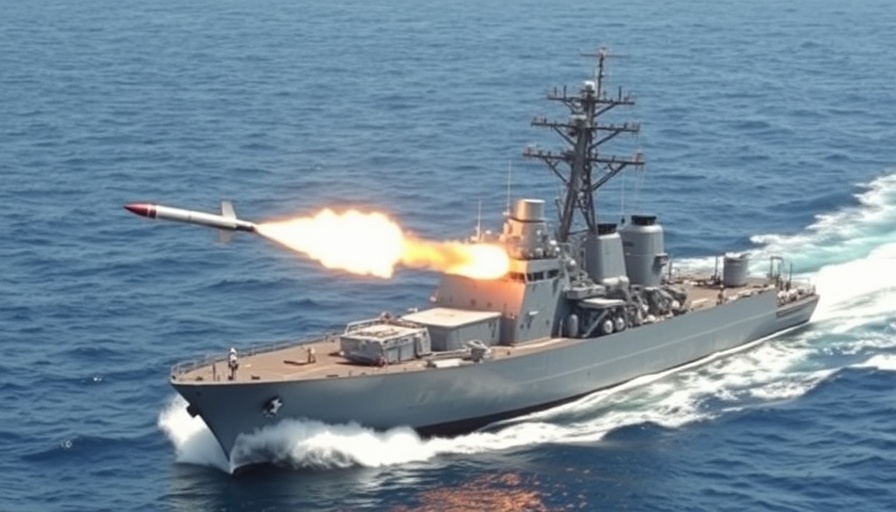
Revamping the U.S. Navy's Harpoon Missile System: What's Happening?
The U.S. Navy is once again taking steps to modernize its Harpoon missile systems, a move designed to ensure that these weapons remain effective and relevant in today’s dynamic battlefield environment. This modernization focuses on the incorporation of new seekers that promise to enhance the precision and effectiveness of the missiles, providing significant advantages in naval warfare.
Why Modernization Matters in Naval Warfare
In an era where threats are evolving and adversaries are adopting increasingly sophisticated strategies, keeping naval technology up to date is crucial. The Harpoon missile system, originally introduced in the 1970s, has been a reliable asset, but advancements in technology necessitate improvements. By integrating more advanced seekers, which can substantially enhance target acquisition and tracking capabilities, the Navy aims to maintain its edge over potential threats.
The Technological Leap: New Seekers Explained
The new seekers are expected to include upgrades that allow for greater data processing capabilities and improved sensor technology, thus allowing the missiles to engage moving targets with higher accuracy. Specifically designed to counter advancements made by adversarial naval and land forces, these enhancements are key to ensuring that the Harpoon can effectively penetrate modern air defense systems.
Lessons from Global Naval Strategies
At a global level, naval strategies have increasingly illustrated the importance of advanced targeting systems. Countries like China and Russia are rapidly advancing their missile technologies, making it imperative for the U.S. Navy to adapt. The modernization of the Harpoon system is both a response to these developments and an integral component of the Navy’s larger strategic vision.
Future Trends and Predictions in Naval Technology
As military technology evolves, we can predict even more advancements in the coming years. The integration of artificial intelligence (AI) into missile systems may well be the next frontier, enabling even greater levels of automation and decision-making in the heat of battle. Looking forward, continued investment in R&D will be essential as international tensions heighten and technology becomes increasingly sophisticated.
Conclusion and Call to Action
The modernization of the Harpoon missile system represents a significant effort by the U.S. Navy to ensure that it remains prepared for the challenges of tomorrow's warfare. As the landscape of global security grows ever more complex, staying informed about these advancements and their implications is crucial. To learn more about the newest developments in military technology, subscribe to our updates and join our community of informed readers.
 Add Row
Add Row  Add
Add 




Write A Comment